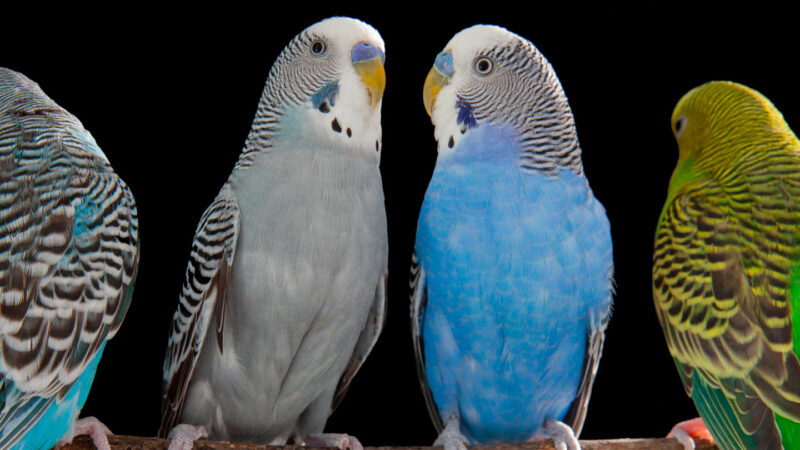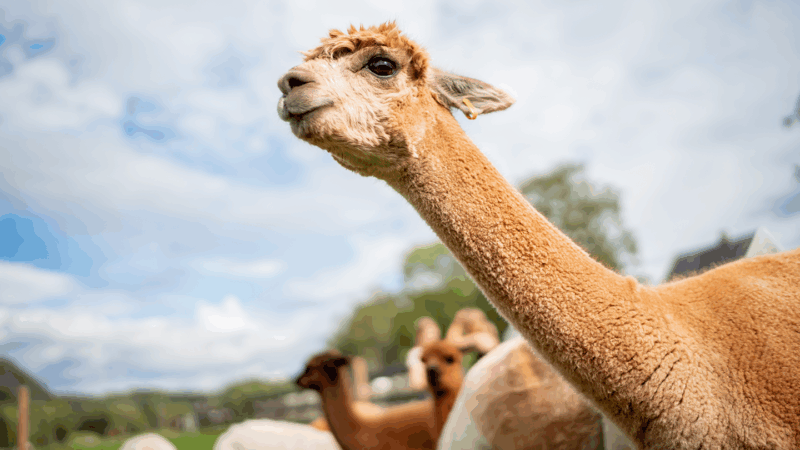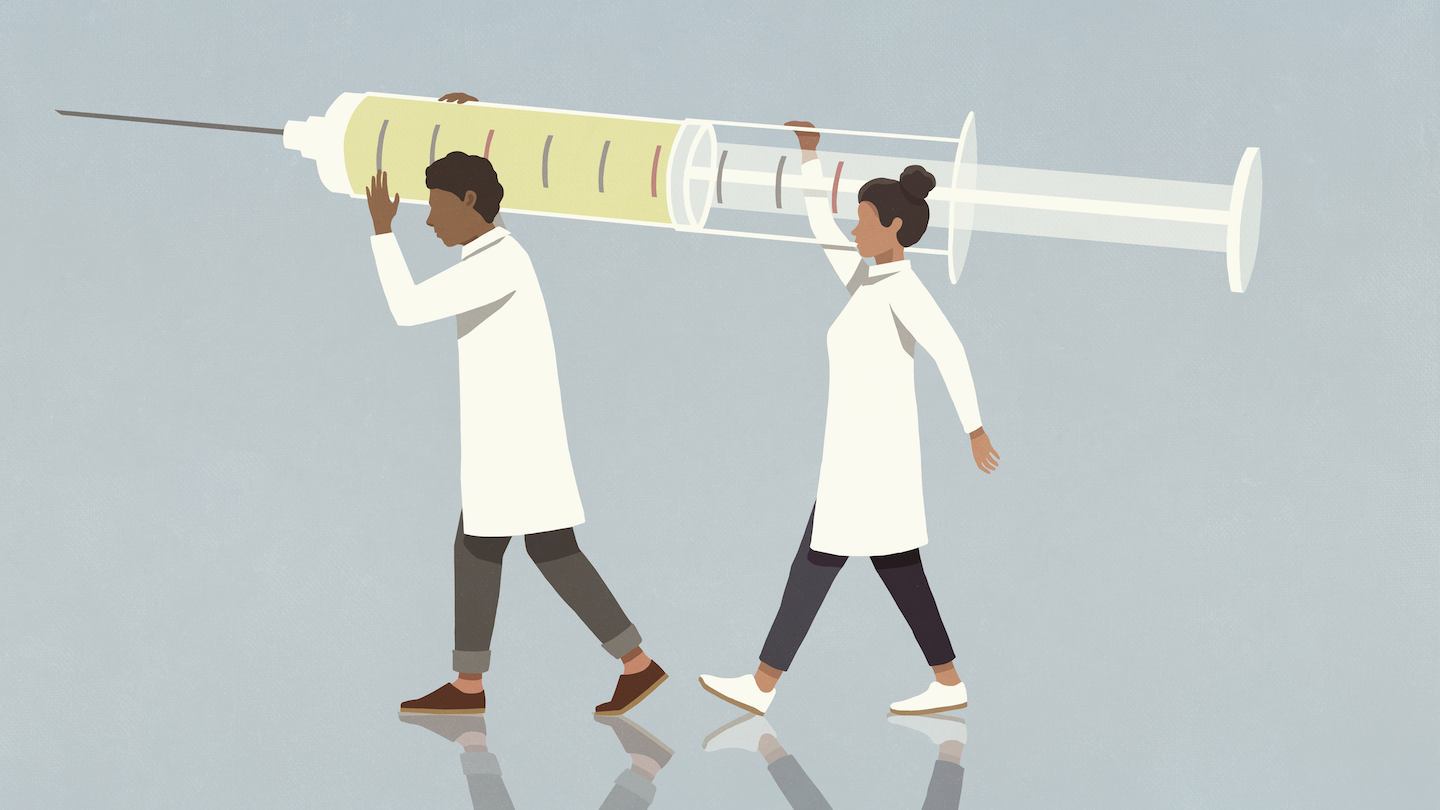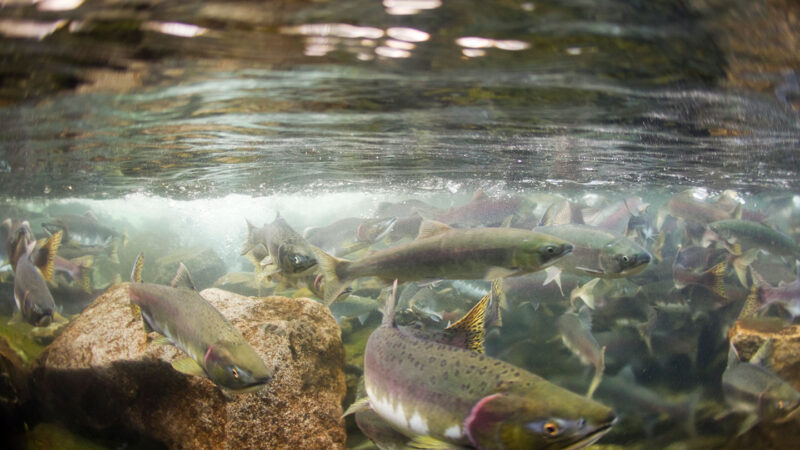Parrots are natural chatterboxes. Small parrots known both as parakeets and as budgerigars make this chatter in ways remarkably similar to the way we do it.
Researchers shared the new finding March 19 in Nature.
Parakeets have special brain areas for making language. These language centers work much as those in humans do. So far, these parrots are the only animals other than people known to have brains that work in this way, says Michael Long in New York City. A neuroscientist, he works at New York University Langone Health.
This “is really the first nonhuman animal in which that has been shown,” Long says.
Parakeets (Melopsittacus undulatus) are tropical-colored cutie pies. Beyond their looks, these parrots are smart and outgoing. Their social life makes them interesting research subjects for language studies.
Learning how their brains create speech might also help researchers better understand some language disorders in people.
What chatter looks like in the birds’ brains
Long and Zetian Yang recorded the activity of individual nerve cells in the brains of four parakeets. These cells were nestled in the anterior arcopallium. It sits in a front part of the birds’ brains. The two NYU Langone researchers tracked the activity of cells here as the birds chirped and trilled away. That activity was tied to how the birds made those sounds, they found.
How the activity was organized turns out to be pretty simple, Long says. He compares it to a keyboard. This keyboard can produce a range of sounds — consonants, vowels, high pitches and low pitches. A parakeet can combine different sounds “by just playing this vocal keyboard,” Long says.
Overall, this brain system is organized in a rather humanlike way.
Similarities between human and parrot brains show how two species can solve a problem in a similar way. This could be “a very tidy example” of what’s known as convergent evolution, Long says. The brains of people and these small parrots both developed ways that let them make a complex series of sounds. But how this happened evolved separately in each species.
Scientists now know more about how the birds’ brains help these parrots talk. But another question remains: What are these birds talking about?
“We are trying now to translate budgie,” he says of that language.
Long’s team is using advanced machine learning to find patterns among the bird talk. They hope this will help them figure out what each warble and chirp means. Perhaps their language — not just how the birds’ brains create it — resembles that in people.
Through these kinds of experiments, Long says, people may come to challenge the idea that complex language is a particularly human behavior. Parakeets might be telling us that people aren’t the sole species with a gift of gab.
Do you have a science question? We can help!
Submit your question here, and we might answer it an upcoming issue of Science News Explores

















